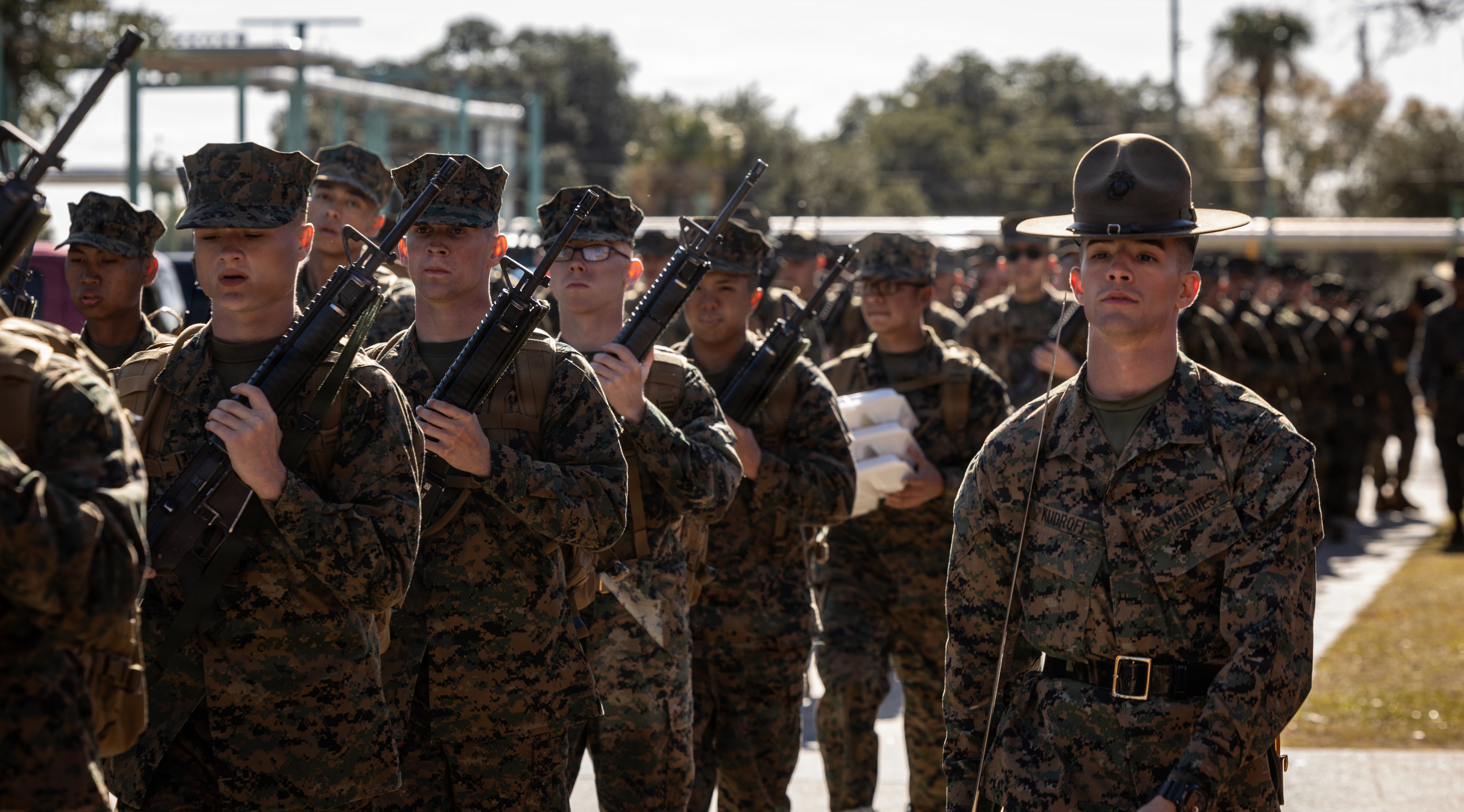Incidents of child abuse and neglect in military families shot up by nearly 10 percent in 2014, according to defense officials.
But while the number of incidents increased, the number of "unique victims" decreased slightly — meaning there are more children who are either repeat victims or victims of more than one alleged abuser, such as both parents.
"The department is concerned about the increase, and though 75 percent of the incidents of maltreatment did not include physical abuse, we are focused on our rates of neglect and emotional abuse to ensure they do not lead to increasingly serious outcomes," Defense Department spokesman Air Force Maj. Ben Sakrisson said.
In fiscal 2014, the military saw 7,676 incidents of child abuse and neglect, an increase of 687 over fiscal 2013, Sakrisson said. That number represents 5,838 unique victims, because some were involved in more than one incident. Also, if there is more than one alleged abuser — such as both parents — a particular incident might be tracked as more than one incident.
The statistics include families of National Guard and Reserve members called to active duty.
While incidents increased, the number of victims decreased slightly, to 5,838 last year from 5,871 in fiscal 2013. The number of children in military families increased in 2014 by about 41,000. But the increase in incidents means more children are repeat victims.
Nationwide in 2013, the victim rate was 9.1 per 1,000 children in the population, according to data reported to the National Child Abuse and Neglect Data System. Information is not yet available for 2014.
In the military community, the victim rate was 5.8 per 1,000 children in the population, according to DoD statistics. Because of the decrease in the number of victims and increase in children in the population, that rate in the military community decreased to 5.6 victims per 1,000 children in 2014. Since 2008 and 2009, when the rate was 4.3 military child victims per 1,000, the rate had been steadily climbing through 2013.
Child abuse and neglect are not an issue just in the active-duty population, Sakrisson noted. Among alleged abusers in the 2014 incidents, 50 percent were the active-duty parent; 45 percent were the civilian parent; 2 percent were caregivers outside the family; and 2 percent were other family members. For the other 1 percent, the relationship was unknown.
Neglect accounted for 63 percent of all incidents, a total of 4,812, an increase of 14 percent from fiscal year 2013.
"The increase in neglect worries me," said Joyce Raezer, executive director of the National Military Family Association, adding that she would like more facts on that issue.
Overall, she said, "I'm always concerned about the residual effects of war and the continued stressors on military parents."
Defense officials are "actively working not only to get a better understanding of the rates of incidence of child and domestic maltreatment, but to interact with experts in the field to find new ways to bring those rates down even further," Sakrisson said.
DoD is launching a new digital strategy to inform military families through online platforms about available resources to protect and strengthen their families, he said.
Information will be focused on three areas of neglect: safe sleeping, electronic distraction, and state requirements for children left unattended, he said.
From the archives:
In 2013, Army Times took an in-depth look at child abuse:
Karen has covered military families, quality of life and consumer issues for Military Times for more than 30 years, and is co-author of a chapter on media coverage of military families in the book "A Battle Plan for Supporting Military Families." She previously worked for newspapers in Guam, Norfolk, Jacksonville, Fla., and Athens, Ga.





